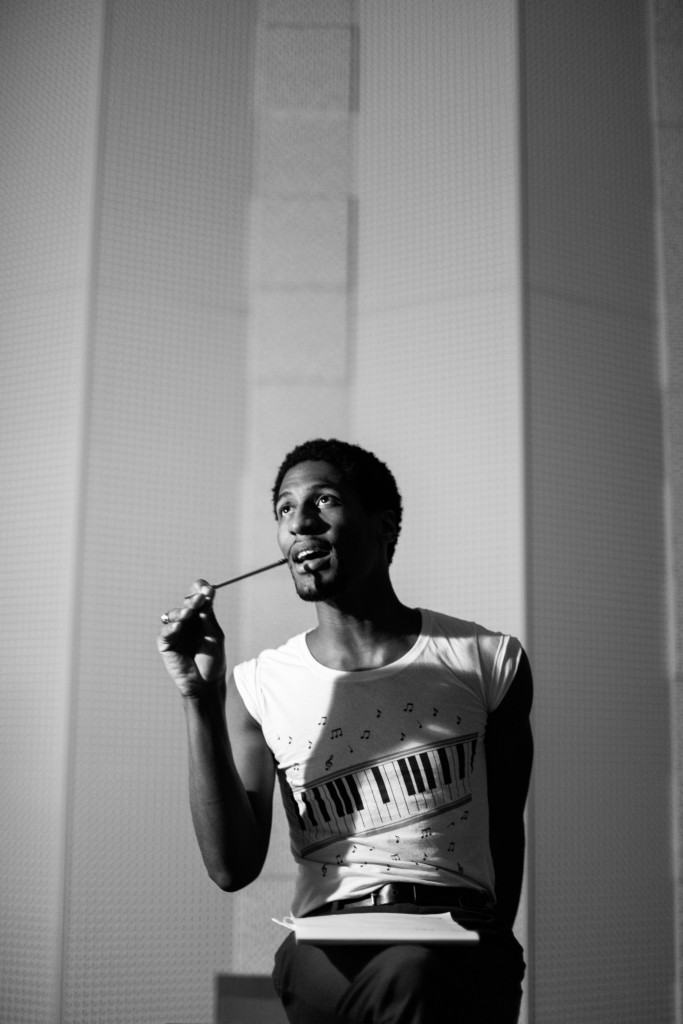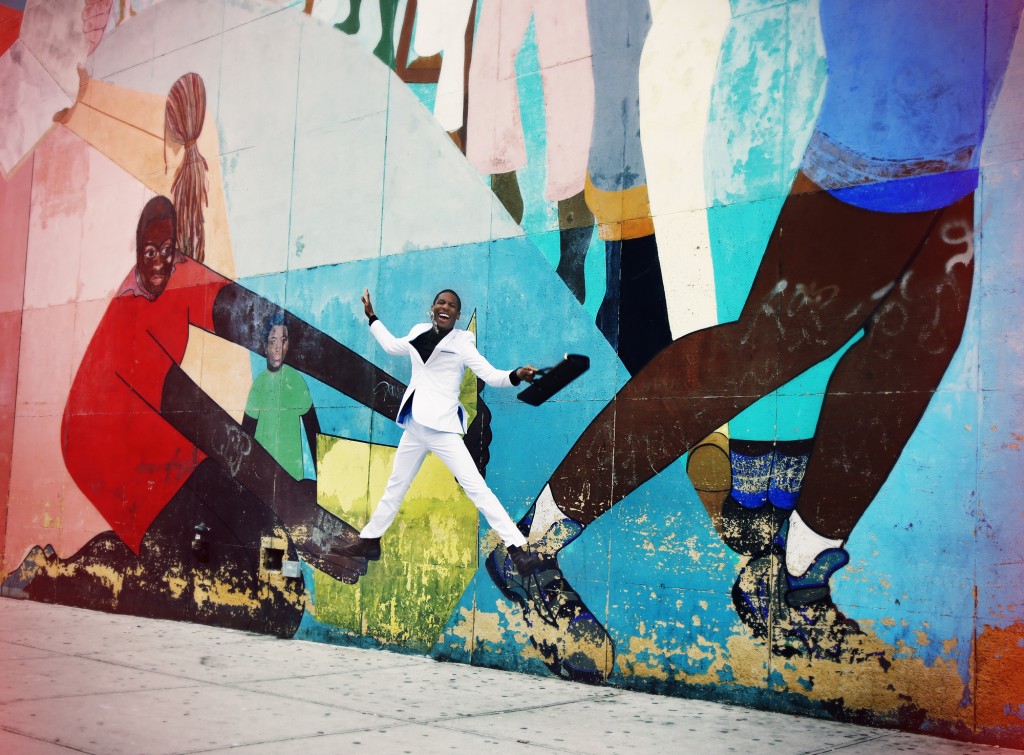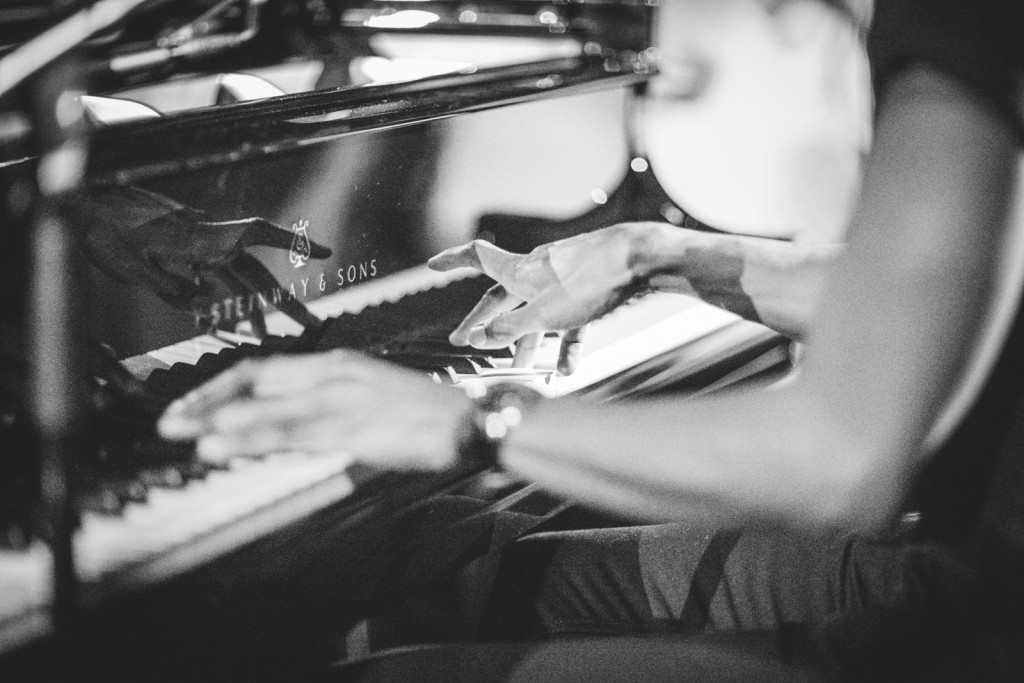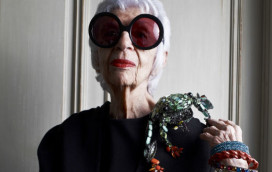A conversation with Jon Batiste is like drinking a tall glass of liquid optimism. Even on an oppressively humid afternoon in New York, the dapper 31-year-old still manages to exude a joyful enthusiasm. His outlook reminds me of the famous Louis Armstrong song What a Wonderful World. It’s extremely refreshing.
Batiste’s effervescent brand of charm – quick-witted yet cynicism-free – will be familiar to viewers of The Late Show with Stephen Colbert, for which Batiste has been bandleader since 2015, and also to St. Regis guests (he has played live at a number of St. Regis events, including the fifth anniversary of The St. Regis Deer Valley and the grand opening of The St. Regis Bal Harbour Resort). A jazz prodigy and graduate of New York’s prestigious Juilliard School for the performing arts, Batiste is as comfortable behind the piano as he is bantering on air with Colbert or goofing around in the sketches. His gift for improvisation, both comedic and musical, has made him a star. (His résumé also includes a position as artistic director-at-large at the National Jazz Museum in Harlem, and acting roles in the HBO series Treme and two Spike Lee films, Red Hook Summer and Da Sweet Blood of Jesus.)
He first became friends with Colbert after twice appearing as a guest on The Colbert Report, which finished in 2014, the year before its host succeeded David Letterman on The Late Show. “Stephen is a genius,” says Batiste. “He can talk to people about politics on the highest level, but he’s also a thespian with a theatre background, who understands comedy and improv. After The Colbert Report ended he gave me a call and said he had a new show — and the rest is history.”
Did Batiste have much comedy experience before The Late Show? “Not really,” he says. “I’d had roles that were semi-comedic in Spike Lee films, but that was about it. As a kid I was always the second-fiddle class clown. I was quiet but I’d always have a friend who was really rambunctious, and who would get into trouble. I would always be the one who got away with it. So with comedy I was open to experimenting. I really loved the idea of trying something and failing, because that’s how you learn.” True, though most of us don’t learn the ropes in front of an audience of millions on national television. Batiste picks things up fast.
After three years, The Late Show has become, he says, “like my cool day job, where I get to hang out with famous people.” Famous people such as Oprah Winfrey and Stevie Wonder, with whom he duetted on the day before Donald Trump’s inauguration, giving a poignant rendition of the African-American National Anthem, Lift Every Voice and Sing. “He was a joy to perform with, an endless source of inspiration and light,” Batiste says of Wonder. “When I make music I try to create a lot of different emotions, but joy is one of the primary emotions I try to tap into: for myself and for other people. I feel we’re kindred spirits in that way.”
Batiste and Wonder first met backstage at a concert in Central Park where they bonded discussing hip hop with Will.i.am (“a friend of mine”) before Wonder asked if he could play Batiste’s “harmoni-board”, a cross between a harmonica and a small keyboard. Next to the piano, it’s Batiste’s favorite instrument and he often carries one. Wonder deadpanned that he used to play one too but stopped because it kept clogging up with spit. “Oh, you’ve got jokes!” Batiste replied.
Born near New Orleans, in Kenner, Louisiana, Batiste belongs to a sprawling musical dynasty that stretches back at least four generations. He grew up immersed in melody and rhythm. His relatives include the arranger Harold Battiste, who worked with Sam Cooke and Sonny and Cher; and the free-jazz saxophonist Alvin Batiste, who taught “every New Orleans musician that’s come up in the last 40 years”, including Harry Connick Jr and Terence Blanchard. Batiste’s father, a professional bass player, and his uncles had a band together. Batiste himself was playing percussion in a junior band by the age of seven. He later switched to piano, aged 11, on his mother’s advice, teaching himself to transcribe music by copying video-game soundtracks. He may well be the only international jazz superstar for whom Sonic the Hedgehog was a formative influence.
He moved to New York, where he still lives, aged 17, after winning a place to study jazz and classical piano at Juilliard School, where only 6 per cent of applicants are accepted. Was it as intense as Whiplash, the movie about the young jazz prodigy pushed to the brink by his teacher at an exclusive New York music school? “That film was heavily dramatized but it did depict the kind of devoted study you need to learn how to play,” he says. “People think you just make jazz up as you go along – you just figure out what you want to play and don’t listen to anybody else. But it takes so much discipline, and so much focus, to be able to play at the highest level.”
What does live jazz have to offer a young audience? “You’ve got to experience it in the right context – and that isn’t necessarily a concert hall or even most jazz clubs today, which don’t really do the music justice. Jazz is very interactive, very immediate and all about crafting a unique experience for the audience.” For Batiste’s part, such unique experiences come in the form of “love riots” – guerrilla gigs on the streets or Subway cars with his band, Stay Human. His concerts can also be anarchic – leading his band from club to bar to restaurant, or popping up unexpectedly in the middle of the audience to begin a show from the seats, as he has done at Carnegie Hall. It’s all part of an approach he calls “social music”, which is about “bringing people together, and music without borders, and finding a way to connect people through that experience of a live performance.”
That sounds almost political. “Absolutely. One hundred per cent. In times of uncertainty, we depend on a philosophy or truth that can come off as political.” Not that he’s given to proselytizing. He prefers to let his creativity do the talking, whatever the format: music, acting, comedy – or fashion. His signature look is a bold-colored zoot suit, simple T-shirt, custom sneakers and a big hat. He designs and makes some of his stage outfits himself. He once joked on The Late Show that “clothes are the music of the body and you hear them with your eyes”, but he meant it, too. “When a performer walks out on stage you should be able to hear it before they’ve even raised their instrument or their mic,” he says.
With a new album this autumn, and a tour, he’ll soon be walking out on stages – and less conventional spaces too, no doubt – all over the world. This time it’ll be a solo record, produced by the great T Bone Burnett, with no band, “just me playing the piano and singing: no autotune, no effects, just the realness of the performance.” All of the songs are original compositions except one, a version of What a Wonderful World. And right now, there’s nobody better equipped to make us believe it.
Jon Batiste’s album, Hollywood Africans, is out September 28 (Verve Records)
Your address: The St. Regis Deer Valley; The St. Regis Bal Harbour Resort





